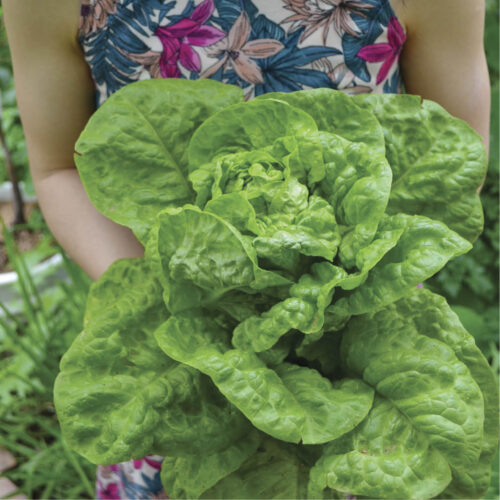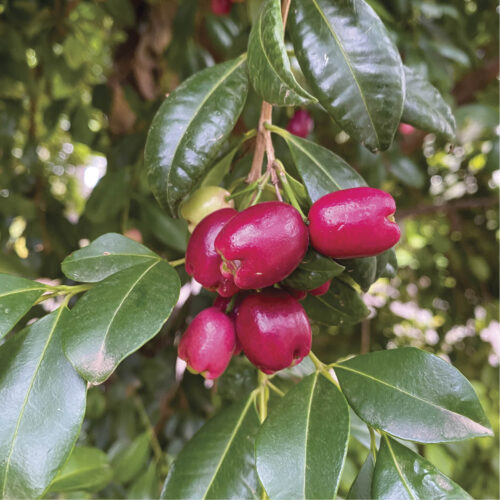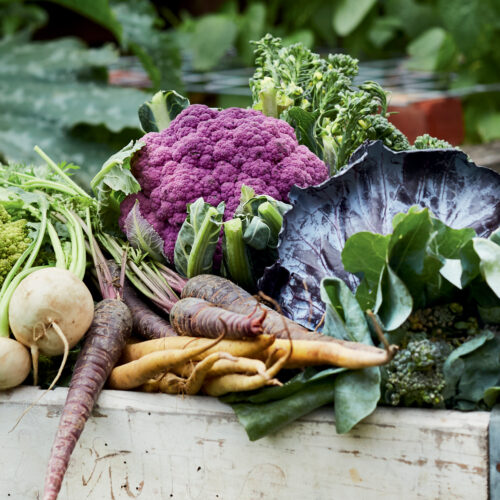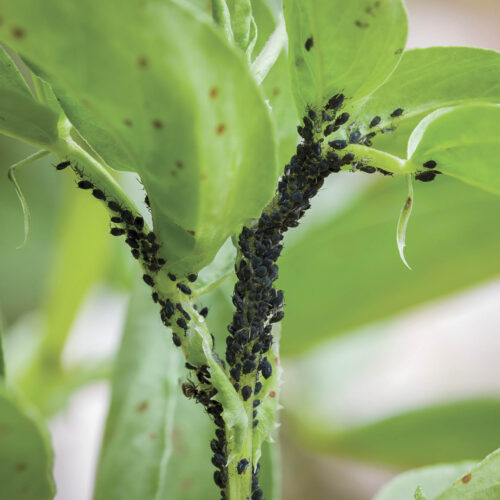Grow kiwi fruit and reap the benefits
2019-06-20T01:08:10+10:00
Plant kiwi fruit vines in spring and reap the benefits for decades.
Kiwi fruit (Actinidia deliciosa)
It’s bare rooted fruit tree planting time, but it’s also time to plant a bigger range of dormant plant stock, and one in particular that’s worth considering is kiwi fruit. They are a terrific investment in time and effort as once you have your plants established, you’ll have copious fruit for decades.
Despite its name, this delightful and delicious vine with its sweet and tangy fruit, comes originally from China. A deciduous vine, kiwi fruit grow best in temperate climates, but if you are in a warmer region, there are low-chill cultivars that will work for you.
Two characteristics of kiwi fruit need to be taken into account. The first is that plants are dioecious, which means that male and female flowers are borne of different plants. So you will need to buy two plants, one male and one female. However it’s also now possible to buy the male and female plants, grafted onto one rootstock, so only one vine needs to be planted. The second is that kiwi fruit vines will grow rampantly with canes growing to more than 5m in one season, so you need space and strong supports.
How to grow
Kiwi fruit grow best in acidic soil (pH 5-7). Prepare your soil by adding compost and well-rotted manure. After planting, mulch well with lucerne hay to retain moisture, suppress weeds and add nutrients. Choose a position that has some wind protection and plenty of room for the plant/s to climb and spread. Pollination is by wind and bees, so plant close enough together to make pollination easy: 1m apart is good. If you are planting multiple vines (not just one male and one female) then allow 5-6m between plants.
Plants lose their leaves in winter and are frost hardy when dormant, but flowers and young tips may need some frost protection in early spring. Water well during the growing season, especially once flowers start setting fruit. At this time it’s also good to water with dilute seaweed extract to add trace elements, don’t use high nitrogen fertilisers after fruit set, or any fertiliser after mid summer.
When pruning each year, maintain a central trunk, and some strong horizontal arms and remember that plants fruit on one year old growth, so you won’t get fruit in the first year. Remove any tips that flop too far from your frame.
Kiwi fruit vines are pretty tough, but they can be affected by root nematodes. So plant Tagetes species marigolds around the base to help prevent this. Protect fruit from possums and birds by netting the vines, and spray with neem if you have problems with scale or vine hoppers.
It can be a bit of a puzzle to know when fruit are right to harvest, as they are best when ripened off the vine. Pick one that looks like it might be ready and cut in half, if the seeds are black then the fruit is ready to start picking. Put picked fruit in your fruit bowl with other fruit, and allow to soften slightly before eating.






